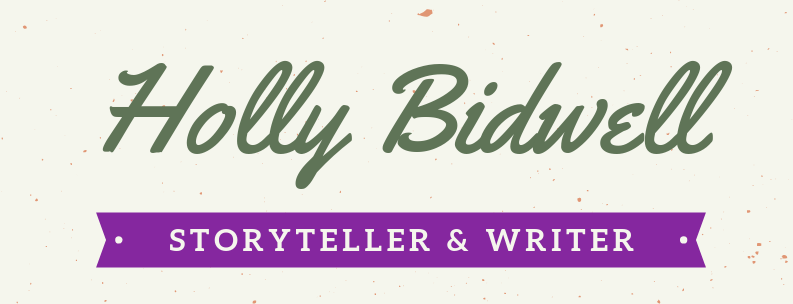I took Miss 11 and Mr 9 to see Hidden Figures last weekend. Hidden Figures tells the story of three trailblazing African American women working at NASA in Virginia in the 1960s: Katherine Gobel, a brilliant mathematician, Mary Johnson, an aspiring engineer and Dorothy Vaughn their unofficial supervisor.
The women work as human computers, performing calculations that were used to launch Friendship 7 in 1962, when John Glen became the first American to orbit earth.
We follow Katherine (played by Taraji P. Henson), Mary (Janelle Monae) and Dorothy (Octavia Spencer) in their careers and home lives and see how segregation in the southern states of the US impeded their chances for career progression. Even the tiniest things made their lives so much harder than their white counterparts. Segregation in basic amenities, access to education and opportunities for promotion and fair pay all stood in the way and they had to worker harder and achieve more than their counterparts just to be recognised.
If your kids don’t know about segregation, it would be a good idea to give them an overview before you go. My kids already knew that in parts of the US during the 1960s, African American people weren’t legally permitted to use the same bathrooms or restaurants as white people and were forced to sit up the back on buses. We had talked about it before the movie and they had seen a Horrible Histories segment about Rosa Parks.
Hidden Figures is a terrific family film with enough drama and humour to entertain and challenge people of all ages as well as great role models and touching performances. There isn’t anything in the film that I would consider inappropriate for kids, but the content might go over the heads of anyone younger than around 9 or 10.
If you have a child with an interest in the space race, take them to see Hidden Figures. If you have a daughter with an interest in STEM, take her to see. If you have a daughter with no interest in STEM, take her to see it, it might change her mind!
Post film activity
Hidden Figures had plenty of material to inspire post-film discussions, so we had a chat in the car on the way home about our favourite scenes and characters and wondered which scenes in the film were closest to the true story.
For kids who are interested in learning more about pioneering STEM women we can recommend the following books:
o Hidden Figures by Margot Lee Shetterly (the basis for the film – there is a young reader edition too)
o Bessie Coleman’s Story by L.J. Maxie
o I Am Amelia Earhart by Brad Meltzer
o Fantastically Great Women Who Changed the World by Kate Pankhurst
o Wonder Women: 25 Innovators, Inventors, and Trailblazers Who Changed History by Sam Maggs
